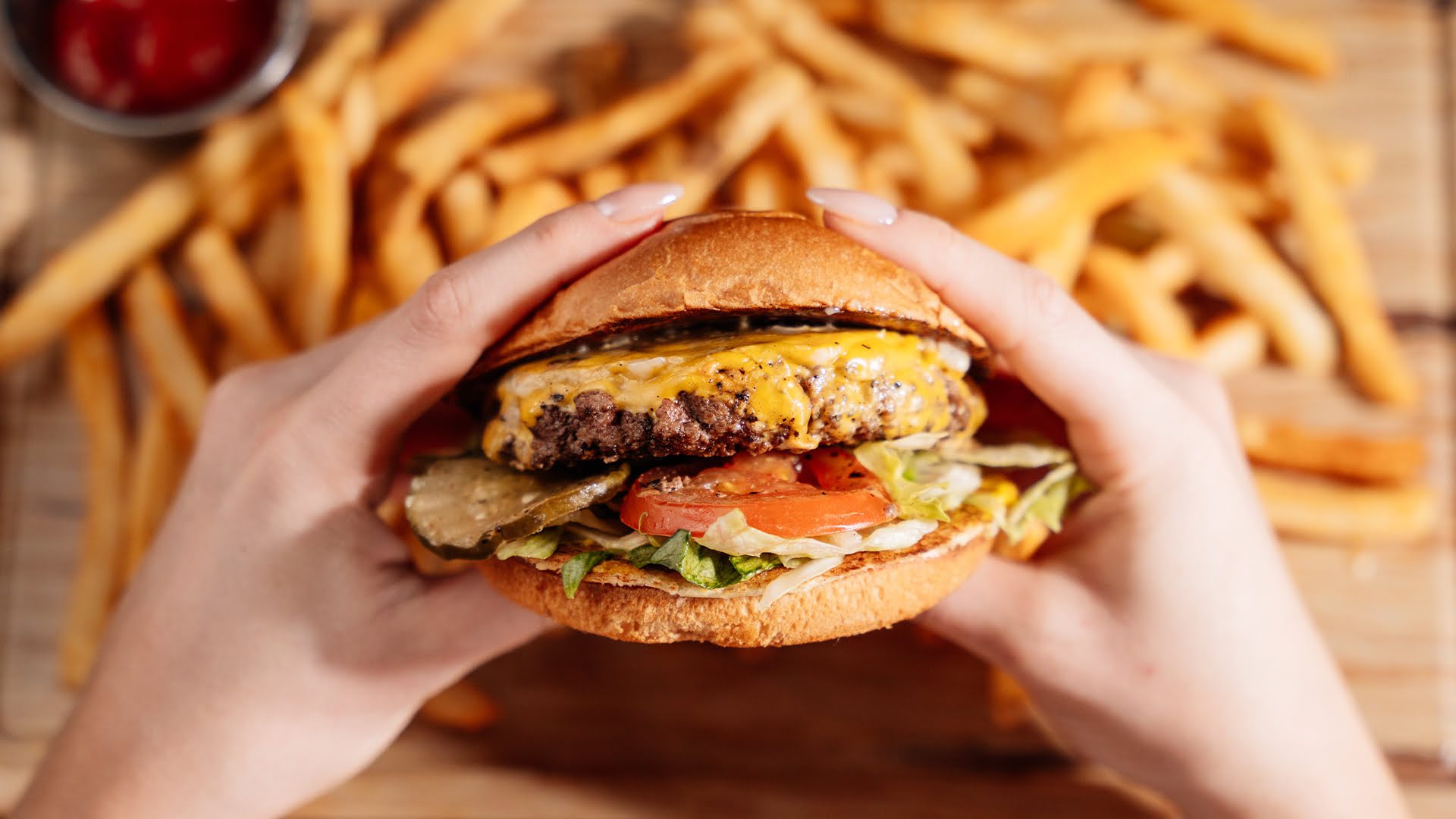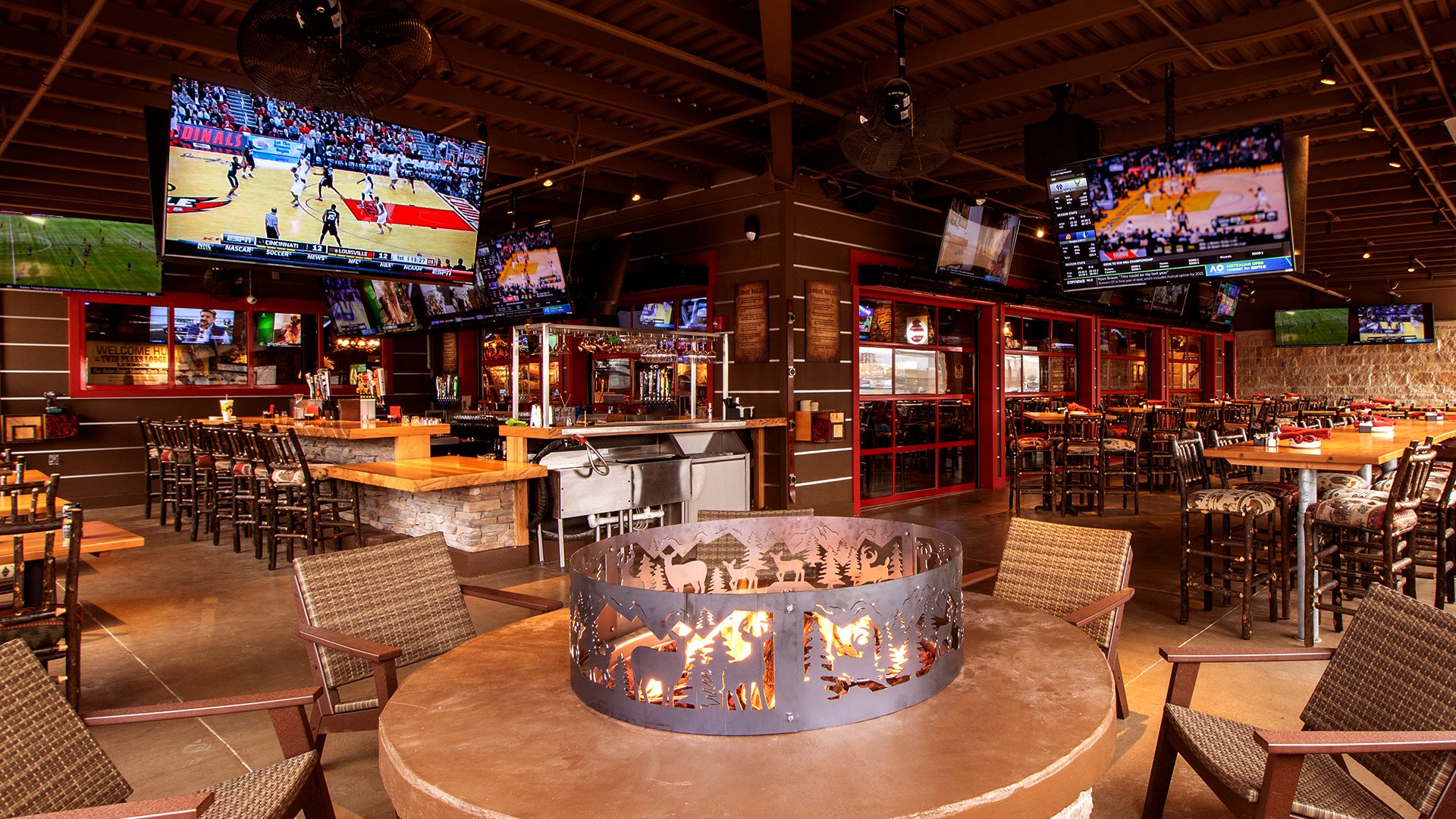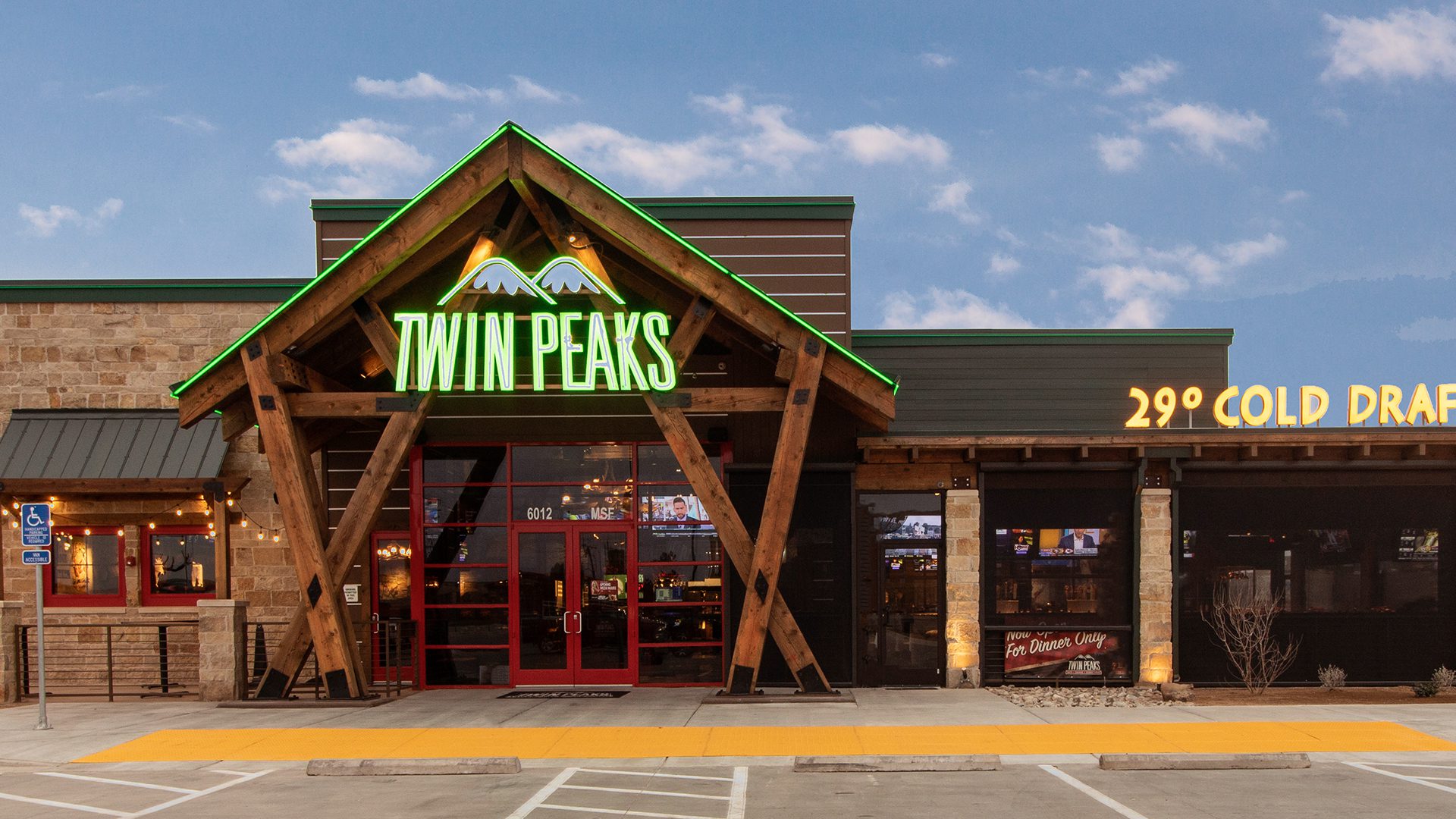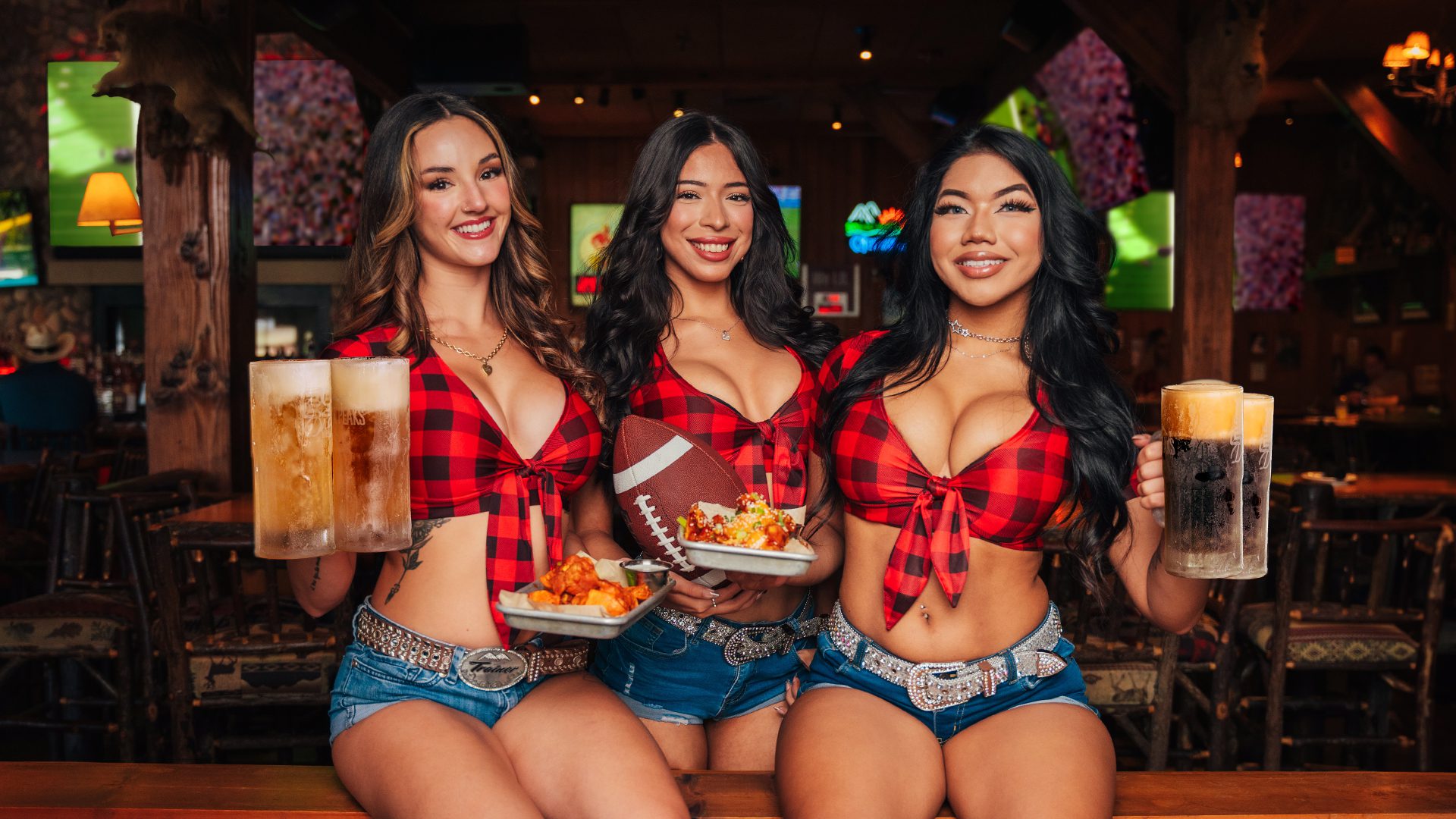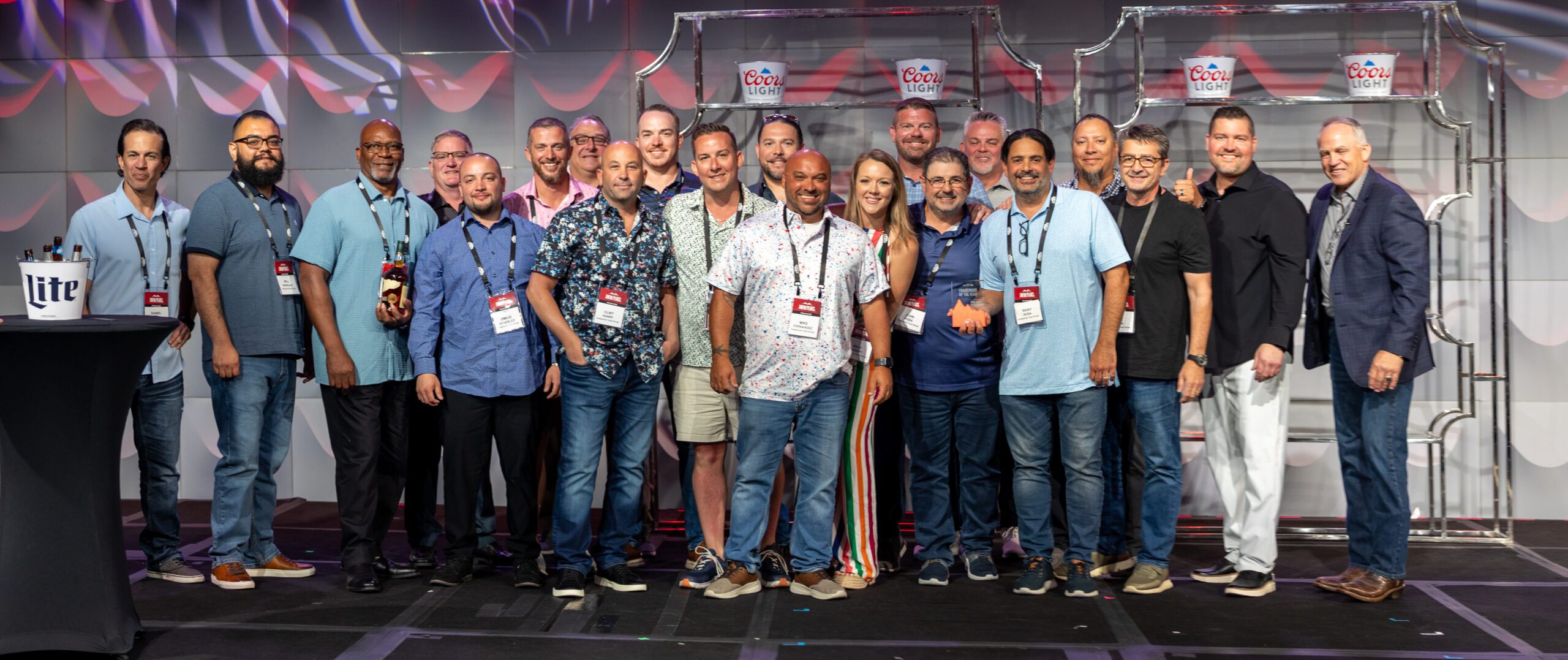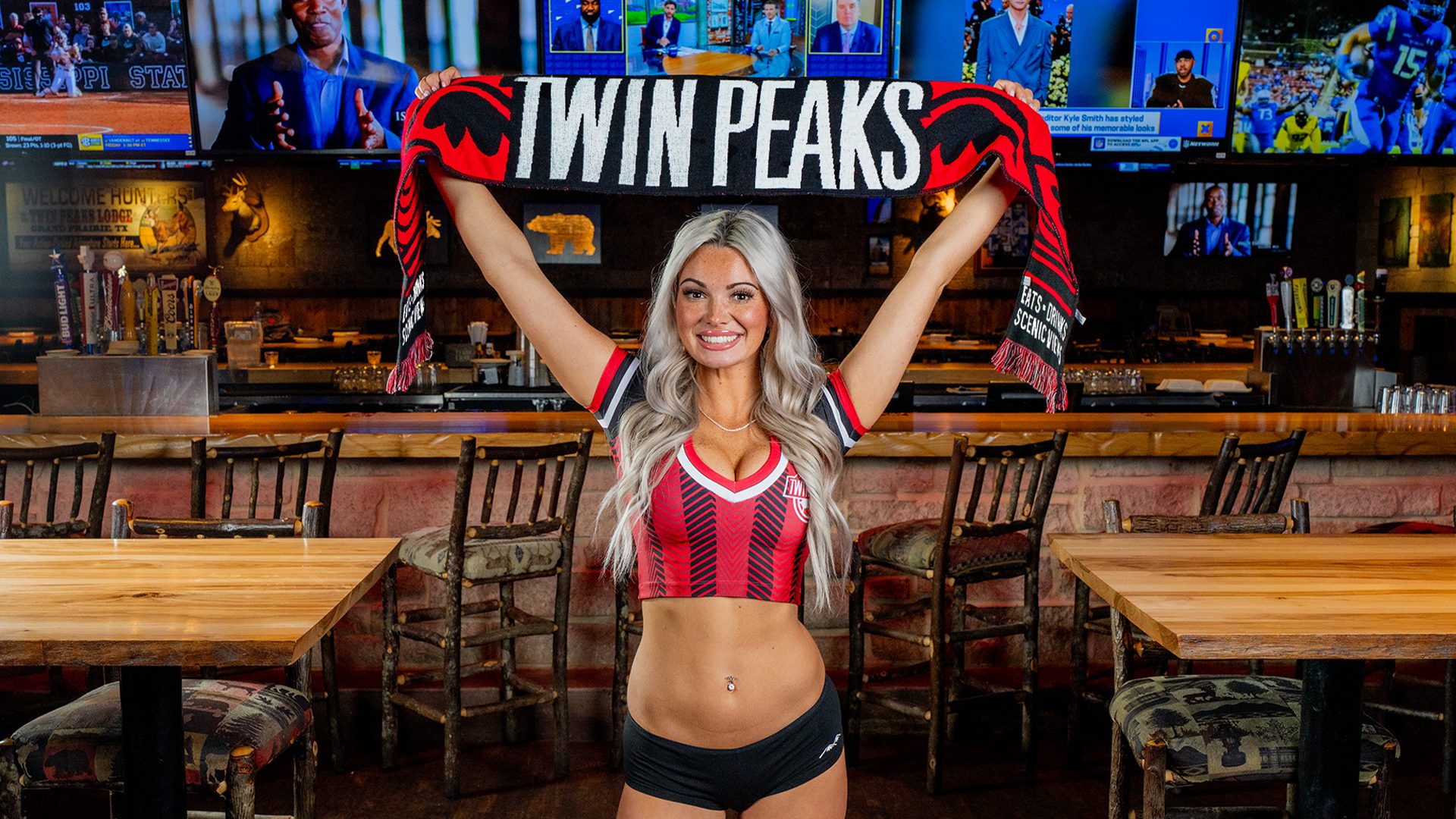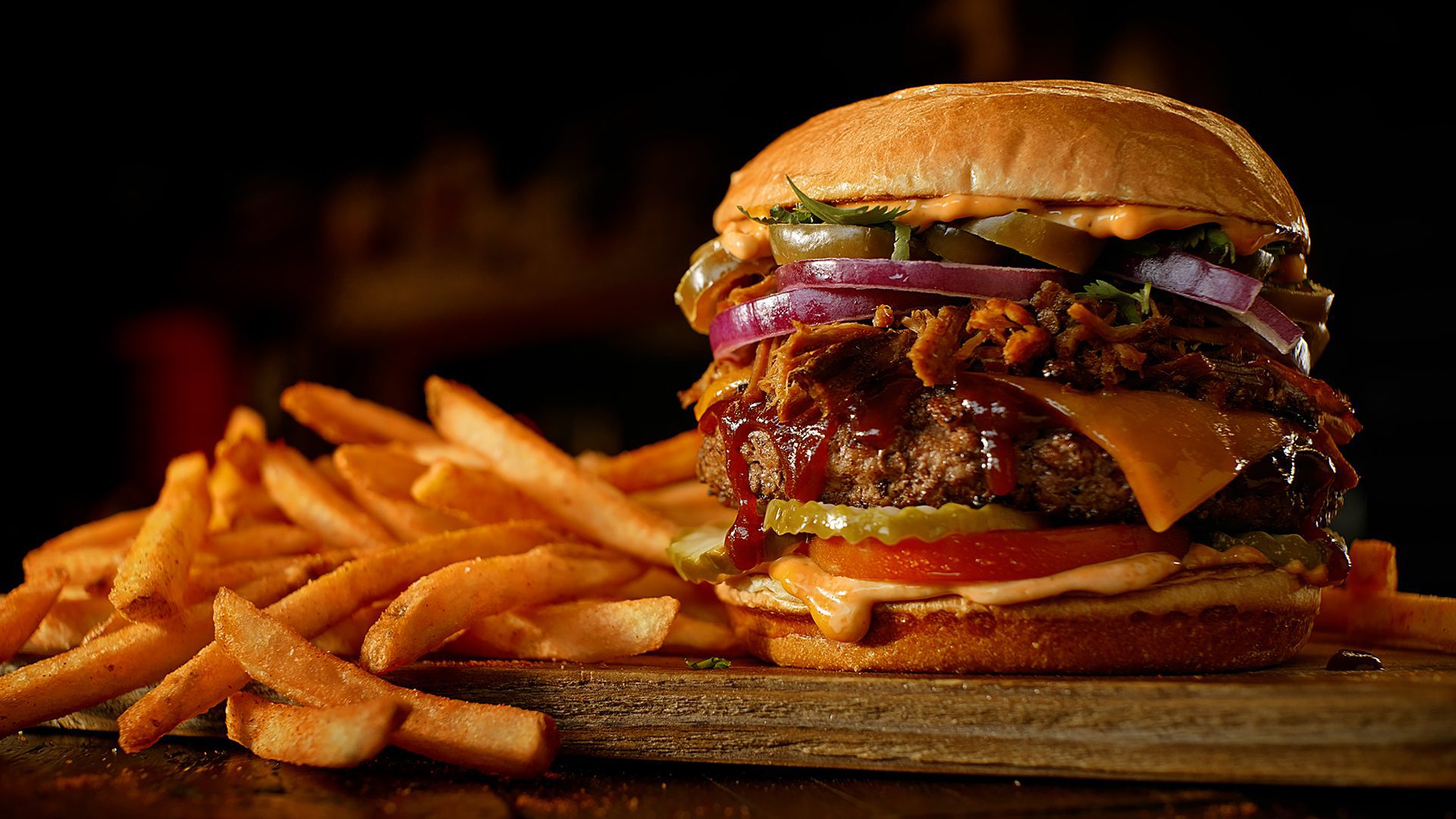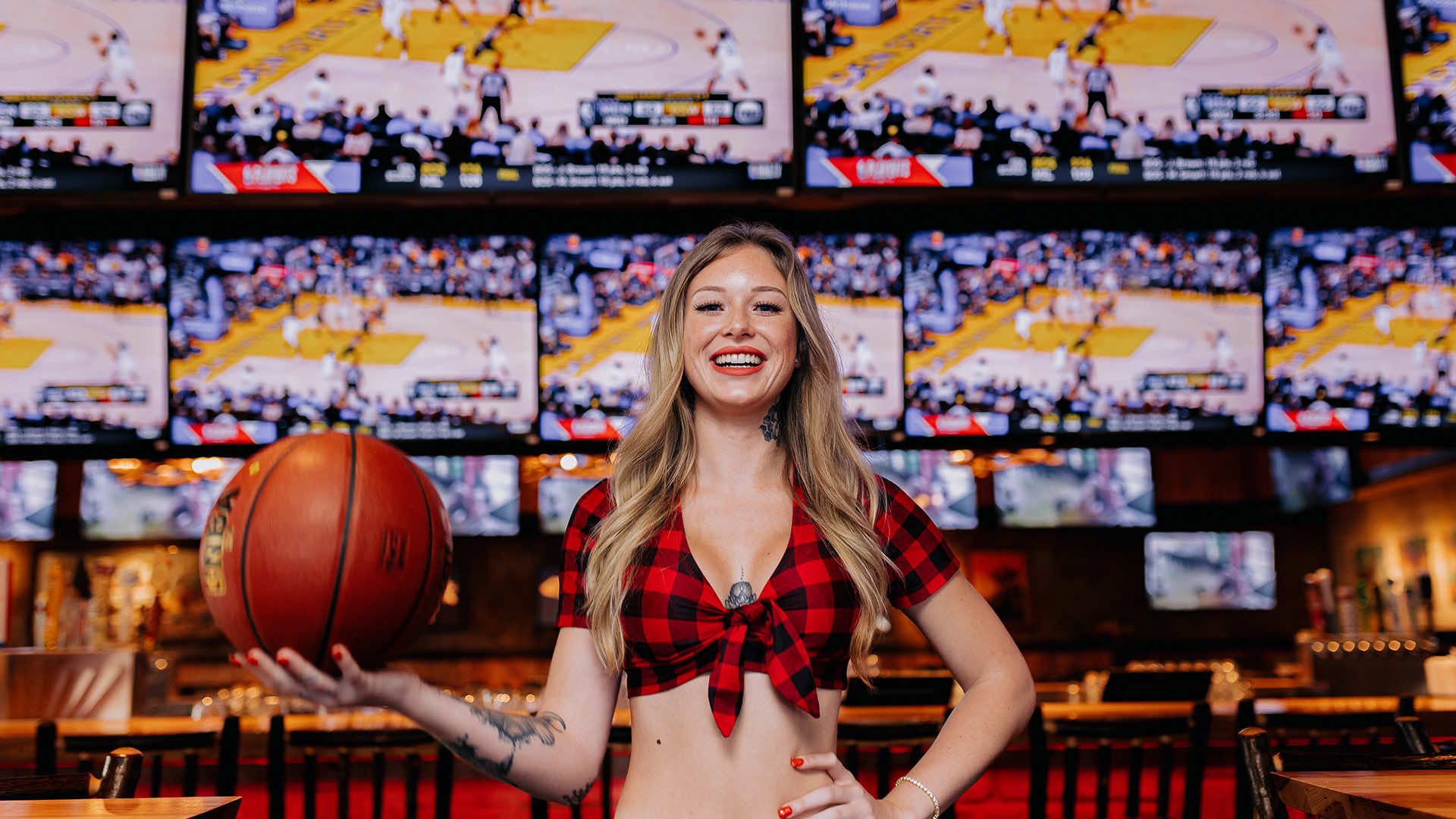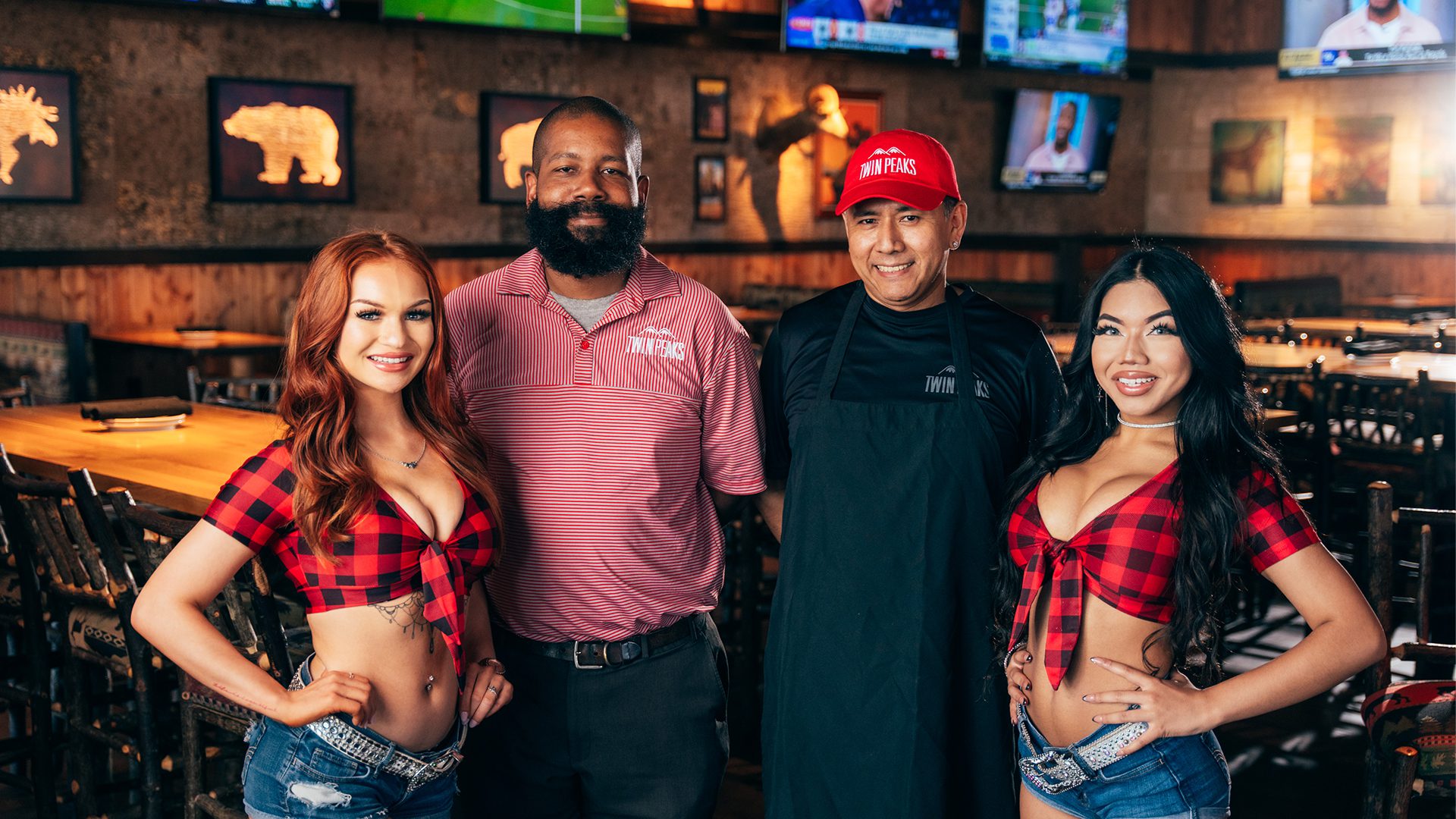Buying a franchise is one of the best ways to get into the restaurant business. You’re entering an established system with proven operations, a recognizable brand, and built-in support.
But like any investment, it comes with its pros and cons. Understanding the advantages and disadvantages can help you make a more informed decision before signing on the dotted line.
What is a Restaurant Franchise?
A restaurant franchise is a business model where a franchisee pays for the rights to open and operate a location using a franchisor’s brand, systems, and support.
Franchisees benefit from the established reputation, marketing efforts, and operational guidance of the franchisor. At the same time, the franchisor expands its brand presence through a network of independent operators.
Franchise Advantages
1. Brand Recognition
One of the biggest perks of buying a franchise is that you’re stepping into a brand people already know and trust.
Brand recognition has the power to drive serious traffic starting on day one. By contrast, independent restaurants have to start from scratch.
At Twin Peaks, the lodge atmosphere, scratch menu, and Twin Peaks Girls all contribute to a strong, instantly recognizable identity that brings fans through the door.
2. Loyal Customer Base
Franchises benefit from a built-in audience of repeat customers. These are people who already love the brand, the food, and the overall experience, which translates into reliable foot traffic for your location.
Loyal customers are more likely to try new menu items, attend special events, and spend more per visit. In addition, franchises like Twin Peaks that emphasize customer engagement can foster even stronger repeat business, turning casual visitors into long-term fans.
3. Easier Access to Funding
If you’re buying a franchise, lenders and investors often see you as a lower-risk investment compared to starting an independent restaurant. Loans can be easier to secure because banks recognize the proven business model, established brand, and corporate support of a franchise.
This can be especially valuable for new restaurant owners who might not have the track record or capital required to open a standalone concept.
4. Faster Break-Even Timeline
Because franchises provide a proven blueprint for operations, marketing, and customer engagement, new locations often reach profitability faster than independent restaurants.
A well-known brand attracts customers immediately. Structured support like training, marketing campaigns, and operational guidance can reduce costly trial-and-error periods as well.
For franchisees, that means a faster return on investment and more predictable cash flow from the outset.
5. Menu Innovation Without the Risk
In the restaurant industry, staying relevant means refreshing the menu. The advantage of joining a franchise is that you don’t have to shoulder that burden on your own.
New dishes are researched, developed, and thoroughly tested before they ever make it to your restaurant. At Twin Peaks, a made from scratch kitchen can help differentiate from other sports bars in the area. It pays to be pushing culinary boundaries.
By the time a new menu item rolls out system-wide, our franchisees can be confident every dish is both guest-approved and operationally efficient.
Franchise Disadvantages
1. Initial Investment
Opening any restaurant requires significant upfront investment, but franchising adds an extra layer of cost with a franchise fee. In general, franchise fees range from $20,000 to upwards of $100,000. For reference, Twin Peaks’ initial franchise fee is $50,000.
Some franchises offer incentive programs to help offset these initial expenses, but buying a franchise is still a major financial commitment.
Prospective franchisees need to carefully plan their budget and ensure they have enough capital to both open and get through the early months to set their location up for success.
2. Ongoing Franchise & Marketing Fees
Unlike independent restaurant owners, franchisees are required to pay ongoing royalty fees and contribute to national marketing programs. Franchise royalty fees can range from 4% of gross sales to 12% or more. Marketing fees typically range from 1% to 4% of gross sales.
While these ongoing fees can feel overwhelming on the upfront, they fund brand-wide campaigns that ultimately drive more traffic and higher sales. It’s a trade-off, but one that quickly pays for itself if you have a strong brand behind you.
3. Limited Creative Control
Operating under a strong brand identity is one of the biggest advantages of franchising, but it has its limitations. From menu items to interior design, franchisees must adhere to corporate guidelines to maintain consistency across locations.
While this ensures a uniform guest experience, it can feel restrictive for entrepreneurs who thrive on personal creativity or want to experiment outside the established framework.
4. Reputation Tied to the Brand
Another potential disadvantage of buying a franchise restaurant is that the success of your location is directly linked to the brand as a whole. A misstep at a neighboring location or negative publicity can impact customer perceptions of your restaurant.
Franchisees must accept that their individual location’s reputation is intertwined with the broader brand.
5. Possible Brand Saturation
As successful franchises expand, there’s a risk of oversaturation in certain markets. Too many locations in close proximity can lead to competition among franchisees and dilute the brand’s overall impact.
Before buying a franchise, it’s important to evaluate the franchisor’s growth strategy. A good partner will ensure new locations are strategically placed to maximize traffic without cannibalizing existing restaurants.
Is Franchising Right For You?
Buying a restaurant is a major decision, but understanding the advantages and disadvantages of franchising can help you enter the industry with confidence.
From financial considerations to brand reputation and operational guidance, a franchise provides both opportunity and structure.
Franchising isn’t for everyone. But for restaurant entrepreneurs looking to step into a proven system with real support, it can be a smart and profitable path forward.
